Uncategorized
-
 Health & Medicine
Health & MedicineBrains don’t all act their age
A slew of new research attempts to zero in on what happens as our brains get older — and what can bring about those changes early.
-
 Health & Medicine
Health & MedicineA new drug shows promise for hard-to-treat high blood pressure
Results from a large trial suggest baxdrostat could provide a new option for people whose blood pressure remains high despite standard treatment.
By Isha Ishtiaq -
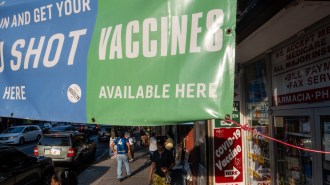 Health & Medicine
Health & MedicineCOVID-19 is still a threat, but getting a vaccine is harder for many people
Vaccination is still important to ward off the worst of the coronavirus. Three experts discuss the concerns with restricting access.
-
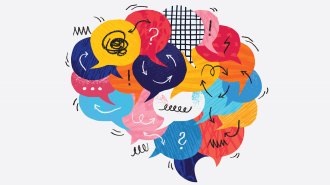 Psychology
PsychologyPeople with ADHD may have an underappreciated advantage: Hypercuriosity
ADHD is officially a disorder of deficits in attention, behavior and focus. But patients point out upsides, like curiosity. Research is now catching up.
By Sujata Gupta -
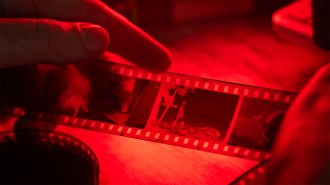 Chemistry
ChemistryA new book explores the link between film giant Kodak and the atomic bomb
In Tales of Militant Chemistry, Alice Lovejoy traces how film giants Kodak and Agfa helped produce weapons of war during the 20th century.
By Anna Demming -
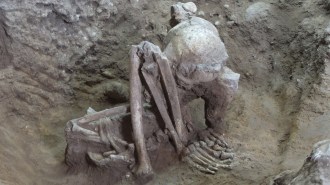 Anthropology
AnthropologyThe oldest known mummies have been found — in Southeast Asia
Southeast Asian groups mummified bodies over smoky fires before burying them as early as 12,000 years ago, long before Egyptians began making mummies.
By Bruce Bower -
 Materials Science
Materials ScienceSalt can turn frozen water into a weak power source
Experiments reveal that when slabs of salty ice are strained, electricity is generated, though practical uses are still a long way off.
By Nikk Ogasa -
 Space
SpaceHow a Harvard maverick forever changed our concept of the stars
At just 25, Cecilia Payne-Gaposchkin applied quantum physics to a treasure trove of astronomical observations to show that stars are mostly hydrogen and helium.
By Elise Cutts -
 Earth
EarthRecycled glass could help fend off coastal erosion
Sand made from recycled glass can be mixed with sediment to make a medium for plants to grow in. That can help with coastal restoration projects.
By Jude Coleman -
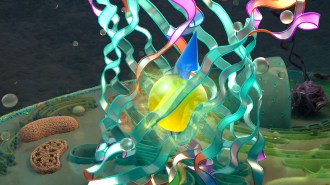 Physics
PhysicsScientists made a biological quantum bit out of a fluorescent protein
Researchers could use quantum effects to develop new types of medical imaging inside cells themselves.
-
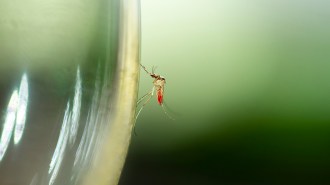 Humans
HumansWant to avoid mosquito bites? Step away from the beer
A Dutch music festival turned into a mosquito lab, revealing how beer, weed, sleep and sunscreen affect your bite appeal.
By Meghan Rosen -
 Planetary Science
Planetary ScienceFuture Martians will need to breathe. It won’t be easy
Asteroid impacts, microbes, mining: These are a few tactics engineers might one day use to create an Earthlike atmosphere on Mars.